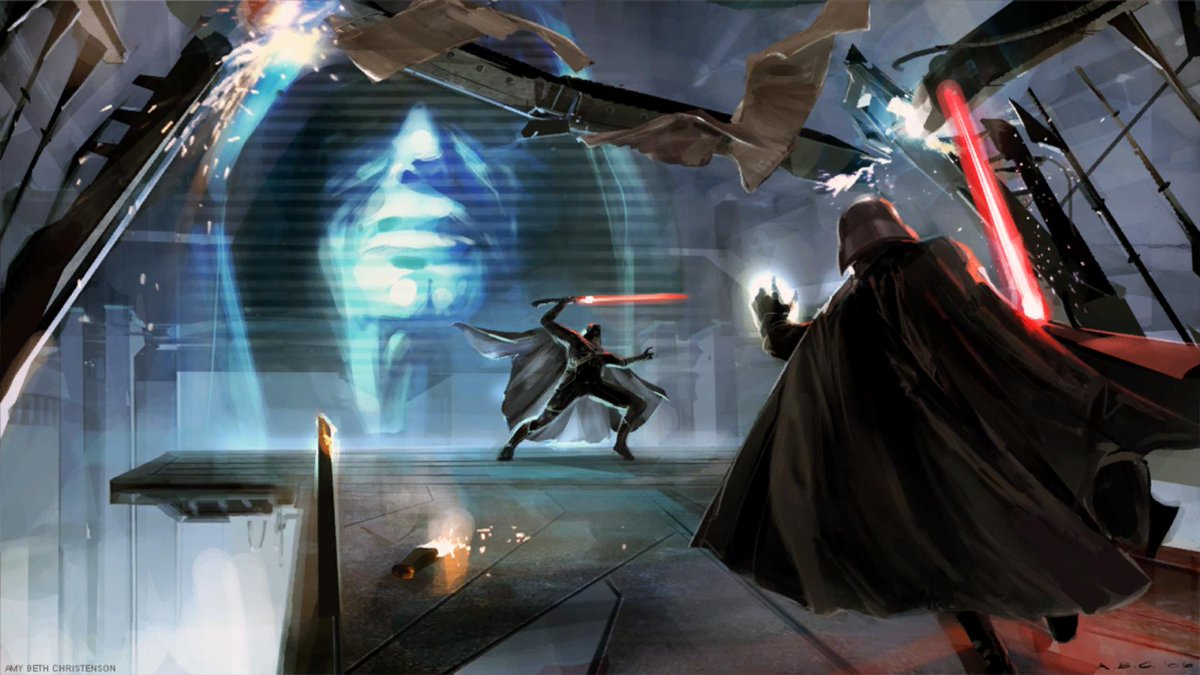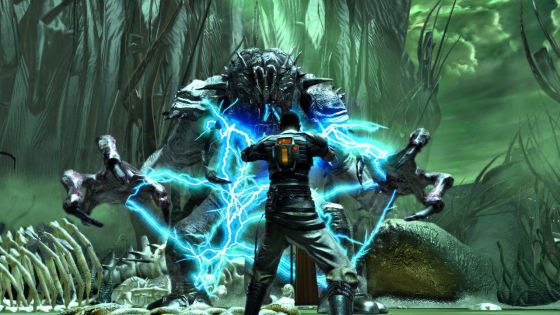

But dead, for example, were future Rogue Squadron games from Factor 5.Īlthough the publisher released other third-party games, such as Empire at War, Fracture, Lego Star Wars, and Mercenaries, the developer focused in on Republic Commando and The Force Unleashed. Luckily, Battlefront, Knights of the Old Republic II, and Republic Commando survived the Purge. He cut out most of the third-party developers and struck down LucasArts’ staff, reducing it from 450 employees to 190. Ward saw the outsourcing of game development as a problem, and he sought to make the in-house game studio more efficient. Perhaps the only big hiccup was Sony Online Entertainment’s GalaxiesMMO, which didn’t quite meet the publisher’s expectations. At that point, Raven Software, BioWare, and Obsidian were key players in LucasArts’ success. All of these titles were developed by third-party studios. In the span of two years, the publisher released four well-received titles that are to this day oft-regarded as some of the finest Star Wars games ever made: Jedi Knight II: Jedi Outcast, Knights of the Old Republic, Jedi Knight: Jedi Academy, and Knights of the Old Republic II: The Sith Lords. From 2002 to 2004, LucasArts had entered a gaming renaissance. Of course, numbers don’t always equate to quality. And Ward declared himself the Rogue Leader who would put LucasArts on the map. In 2004, LucasArts had only grossed $100 million, significantly less than its top competitor in the gaming market, Halo 2.


He wished to do the same at LucasArts, which he considered a mess of a company when he was handed the keys. Ward had been responsible for The Phantom Menace‘s now-infamous media blitz, which helped the film rake in over $400 million. In 2004, the VP of Marketing at Lucasfilm, Jim Ward, was named President of LucasArts. The video game part of the franchise, however, was in deep trouble.


 0 kommentar(er)
0 kommentar(er)
